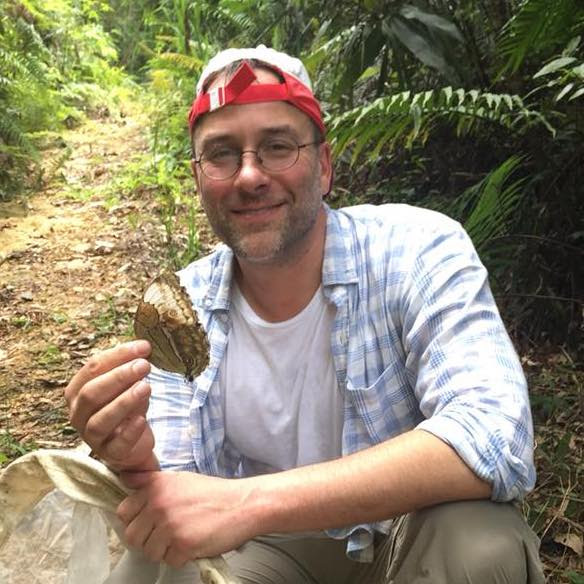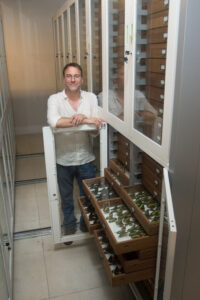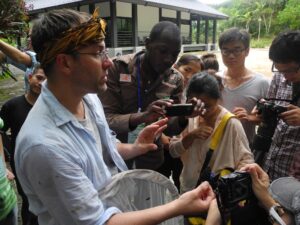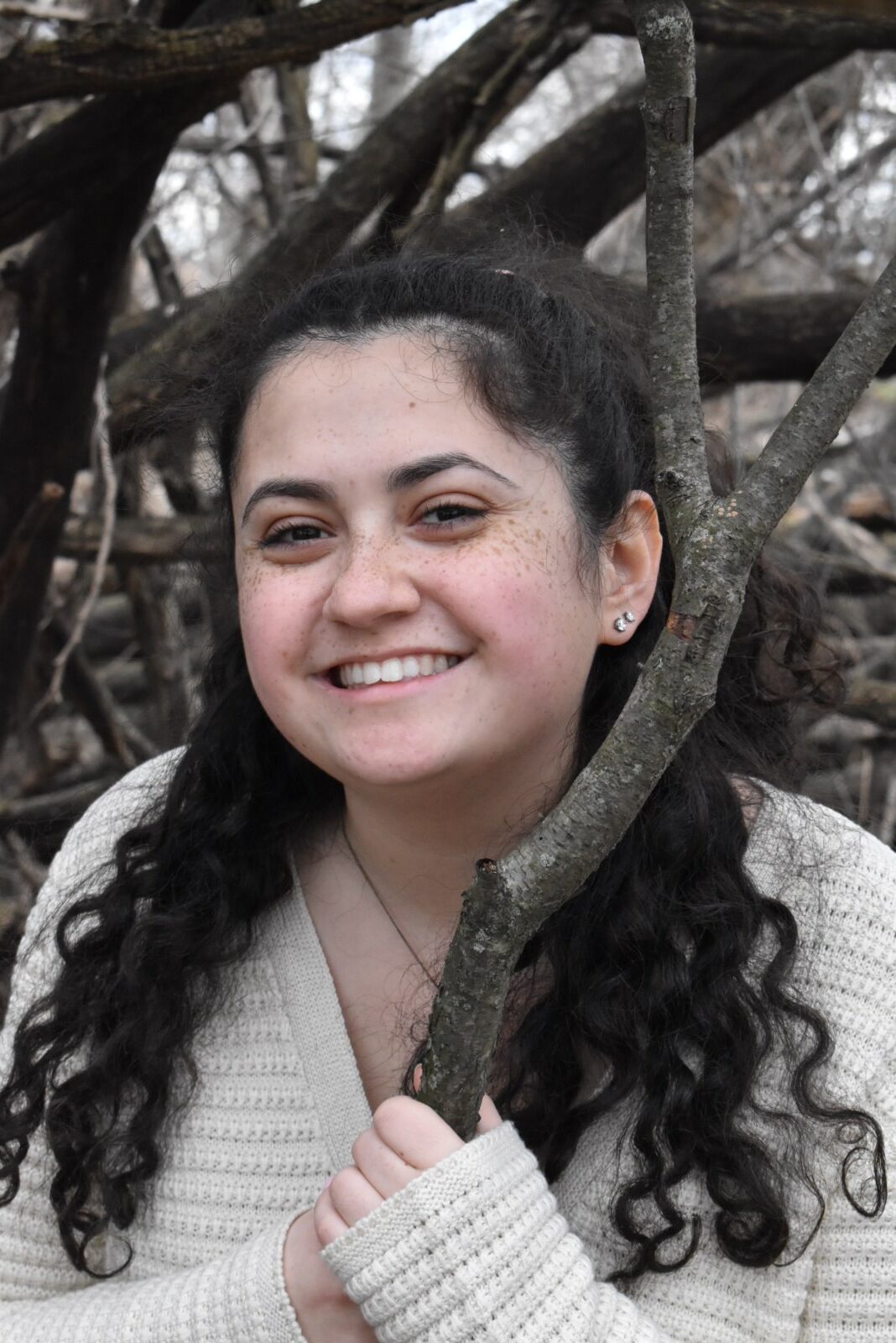Associate Professor of Biology at the City College Dr. David Lohman studies butterflies as a model for understanding general patterns in nature.
 The Lohman Laboratory research subject areas include biodiversity, biogeography, ecology, entomology, and evolutionary biology — studying the evolutionary history of butterflies in the islands of Southeast Asia.
The Lohman Laboratory research subject areas include biodiversity, biogeography, ecology, entomology, and evolutionary biology — studying the evolutionary history of butterflies in the islands of Southeast Asia.
Dr. Lohman is interested in understanding patterns of biodiversity and their origins, and islands make good natural laboratories for research. Butterflies are a good group of organisms to use to study evolution, speciation, and biogeography.
More than 60% of all known species on Earth are insects, with the most well-known, widespread, and heavily studied group being the order Lepidoptera, which is comprised of moths and butterflies.
“As with most studies in the natural sciences, I aim to understand why the world is the way it is and not some other way, and also to help, perhaps, gain a bit of understanding to help ameliorate biodiversity loss, which is escalating in the face of climate and habitat change.”
A large component of the research focuses on creating a comprehensive database of information on butterflies, called ButterflyNet, which includes information about species taxonomy, trait data, distributions, and life history. To do this, Dr. Lohman and his team curated information from 150 books in multiple languages about butterflies and compiled them into one database, something that was not previously done for any insect group.
On a separate project, the Lohman laboratory also studies Batesian mimicry in the butterfly genus Elymnias. Batesian mimics are non-toxic species that evolve to look like another species that actually is poisonous or toxic, which reduces the likelihood of predation for the non-toxic species.
Elymnias butterflies are unusual because nearly all species in the genus are Batesian mimics, and they are highly evolvable—island populations can evolve radically different wing patterns quickly (in evolutionary time). This feature of their biology has led to remarkable instances of wing pattern convergence because different species on different islands can mimic the same model species and therefore resemble each other. Alternatively, he’s found that a single species can mimic different models on different islands, leading to multiple wing patterns within a single species.

One of the most important aspects of the project is fieldwork abroad and his collaborations with international research partners. Currently, Dr. Lohman is working from New York City but will return to the Philippines in late July. He last performed fieldwork in another country in the summer of 2019, before the COVID-19 pandemic.
Dr. Lohman has lived and worked in Southeast Asia for many years. During graduate school, he studied the Thai language and lived in Thailand for about two years. As a post-doc, he lived in Singapore for three years and traveled throughout the region. While on sabbatical in 2018, he traveled to China, Indonesia, the Philippines, Sri Lanka, Thailand, and Vietnam giving lectures, collecting specimens, and engaging in outreach. A notable accomplishment was the identification and curation of 10,000+ butterfly specimens in the entomology collection of the National Museum of Natural History in Manila.
As a result of his time within the region, Dr. Lohman said that he has developed a “strong network of collaborators in Southeast Asia.” Dr. Lohman has mentored several young researchers from Vietnam and the Philippines, advising their research, editing their manuscripts, and supporting their applications to Ph.D. programs.
When asked about important takeaways from his international collaborations in Southeast Asia, Dr. Lohman explained that there is “inherent asymmetry” in what each partner can bring to the project.
 “When you’re working with colleagues from the Global South, it’s important to appreciate what different people bring to the table and what each member of the partnership needs to get out of the relationship.”
“When you’re working with colleagues from the Global South, it’s important to appreciate what different people bring to the table and what each member of the partnership needs to get out of the relationship.”
Researchers from the Global South typically do not have as much funding, and they may also value research products differently. For example, a colleague’s promotion may depend on submitting reports to the government or publishing field guides for the general public, whereas Dr. Lohman’s focus is completing research that results in peer-reviewed journal articles. With this understanding, Dr. Lohman has been able to work throughout Southeast Asia for over two decades.

Amanda is a student at the CUNY Graduate School of Journalism, where she’s studying health & science reporting and broadcast journalism. She graduated from Baruch College in May 2022, where she double majored in journalism & creative writing and political science and double minored in environmental sustainability and communication studies. She has been published in City & State, BORO Magazine, Bklyner, The Canarsie Courier, the New York City News Service, PoliticsNY, Gotham Gazette, Bushwick Daily, DCReport, News-O-Matic, The Queens Daily Eagle, Tower Times, The Ticker, and Dollars & Sense Magazine.